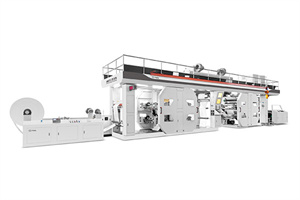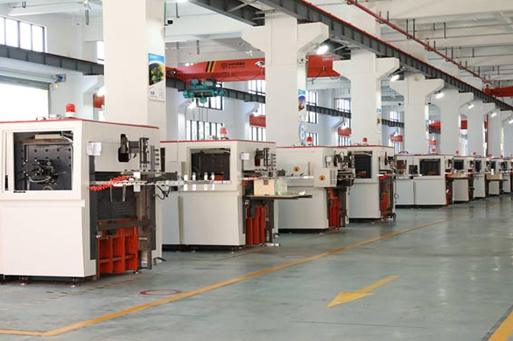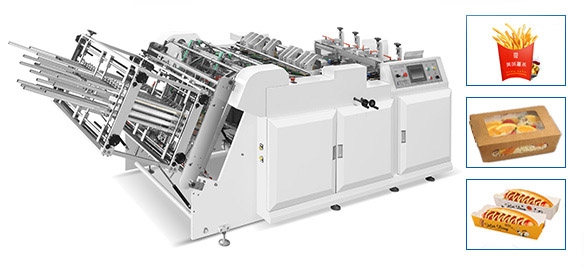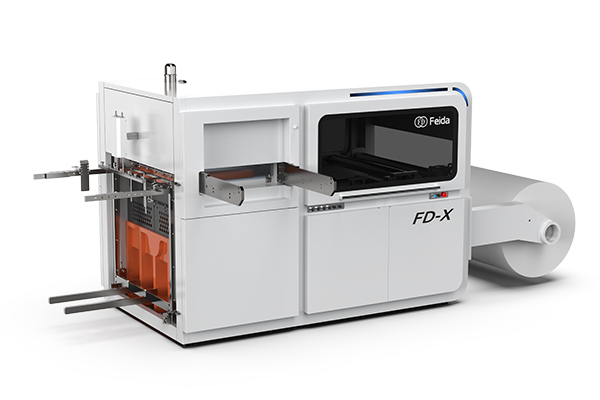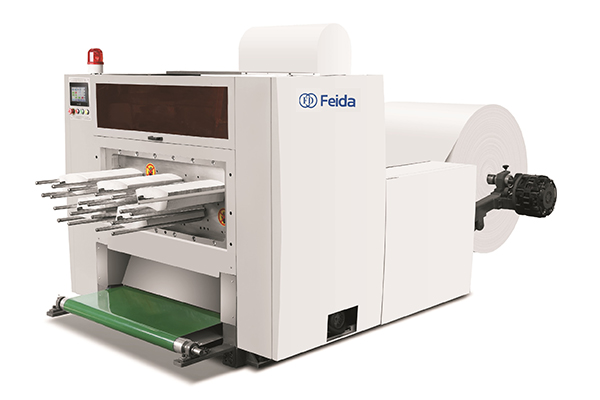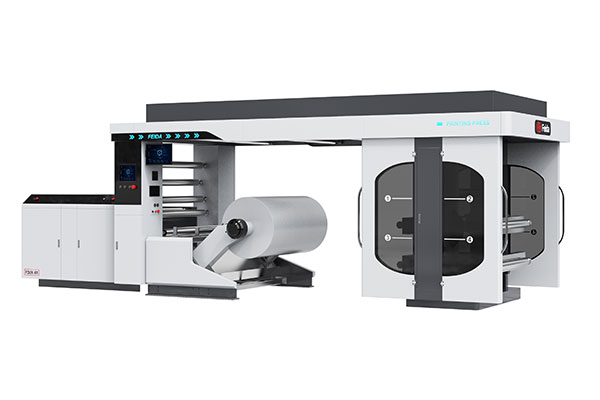CI Flexo Printing Machine: A Comprehensive Overview
In the printing industry, the CI flexographic printing press has become the preferred equipment for many enterprises due to its excellent printing quality and production efficiency. A deep understanding of its key components and their functions is crucial for mastering the printing process, optimizing the production process, and improving printing quality.
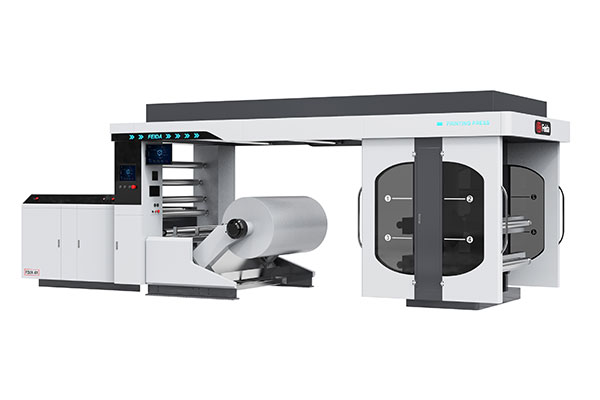
I.Central Impression Drum
The Central Impression Drum is the core component of the CI flexographic printing press, and there is usually only one. It provides a stable printing surface for the printing process and plays a key role in precise color registration and ensuring printing quality. Its size directly affects the maximum printing width, generally with a diameter ranging from 800 mm to 1500 mm. During printing, the substrate wraps around the Central Impression Drum and successively contacts each printing unit, ensuring the stable operation of the substrate during the printing process and laying the foundation for accurate ink transfer and clear image reproduction.
II.Satellite Flexographic Printing Units
The number of ,Satellite Flexographic Printing Units generally ranges from 4 to 12. Each printing unit is responsible for printing a specific color, and the number of these units determines the maximum number of colors that can be presented in a single printing process. These printing units are mainly composed of an Anilox Roll, a Plate Cylinder, and an Impression Roller. During operation, each printing unit works in coordination to transfer different colors of ink onto the substrate in the preset order, thus achieving the printing of colorful images.
III.Anilox Roll
The Anilox Roll is a key component for controlling the ink supply, and each printing unit is equipped with one. It is usually coated with ceramic and engraved with tiny cells. These cells are used to carry ink and precisely transfer it to the Plate Cylinder. The number and volume of the cells on the Anilox Roll have an important impact on the ink transfer amount. The more cells there are and the smaller the volume, the less the ink transfer amount will be, which is suitable for printing fine graphics and texts; conversely, it is suitable for printing large solid areas. For example, when printing high-quality labels, an Anilox Roll with a high screen ruling (800 - 1200 lpi) is usually used to ensure that fine patterns and texts can be clearly reproduced.
IV.Plate Cylinder
The Plate Cylinder is used to install the flexible printing plate, and each printing unit corresponds to one. The printing plate is made of photopolymer, and it presents the designed graphic information in a raised form. During the printing process, the Plate Cylinder rotates, and the ink transferred from the Anilox Roll is transferred onto the substrate through the raised parts, thus forming the required image. The Plate Cylinder can be replaced according to different printing tasks and designs, which has a high degree of flexibility.
V.Infeed Guide
There is only one Infeed Guide, and its function is to smoothly feed the substrate into the printing press and precisely align it. The Infeed Guide can be adjusted according to the width and thickness of different substrates to ensure that the substrate is in the best position when entering the printing press. Some Infeed Guides are also equipped with a web cleaning device, which can remove dust and impurities on the surface of the substrate before printing to ensure printing quality.
VI.Nip Roll
The Nip Roll works in conjunction with the Infeed Guide and is mainly responsible for maintaining the tension and alignment state of the substrate when it enters the printing press, ensuring that the substrate can operate stably throughout the printing process and avoiding problems such as offset and wrinkling, thus providing a guarantee for high-quality printing.
VII.Interstation Dryers
There are generally 3 to 11 Interstation Dryers. In the multi-color printing process, in order to prevent the inks of different colors from mixing with each other and affecting the printing effect, it is necessary to dry the ink between each printing unit. There are various types of Interstation Dryers, including hot air drying, infrared drying, and ultraviolet curing. By reasonably selecting the drying method and setting the drying parameters, the ink can be quickly and effectively dried, ensuring the clarity and color stability of the printed image.
VIII.Fine Impression Adjustment
The Fine Impression Adjustment devices are distributed in each printing unit, and the number is the same as that of the printing units (4 - 12). Due to the differences in the thickness of different substrates, in order to ensure printing quality, it is necessary to precisely adjust the pressure between the Plate Cylinder and the Central Impression Drum. The Fine Impression Adjustment device can achieve this function, enabling the printing press to adapt to various substrates of different thicknesses and ensuring that the ink can be evenly and clearly transferred onto the substrate.
IX.Metering Roll
The Metering Roll is located in the ink supply system of each printing unit, and its function is to control the amount of ink transferred from the ink chamber to the Anilox Roll. The surface of the Metering Roll has a special texture, and through cooperation with the Anilox Roll, it can precisely adjust the flow of ink, ensuring that the Anilox Roll can evenly pick up an appropriate amount of ink and provide a stable ink supply for the printing process.
In conclusion, the various key components of the CI flexographic printing press cooperate with each other to jointly complete the complex process from ink transfer to image reproduction. Only by deeply understanding the functions of these components and reasonably adjusting and maintaining them in actual operation can the advantages of the CI flexographic printing press be fully utilized to achieve efficient and high-quality printing production. Whether in packaging printing, label printing, or other fields, mastering this knowledge will bring technical improvements and business development to printing practitioners.

